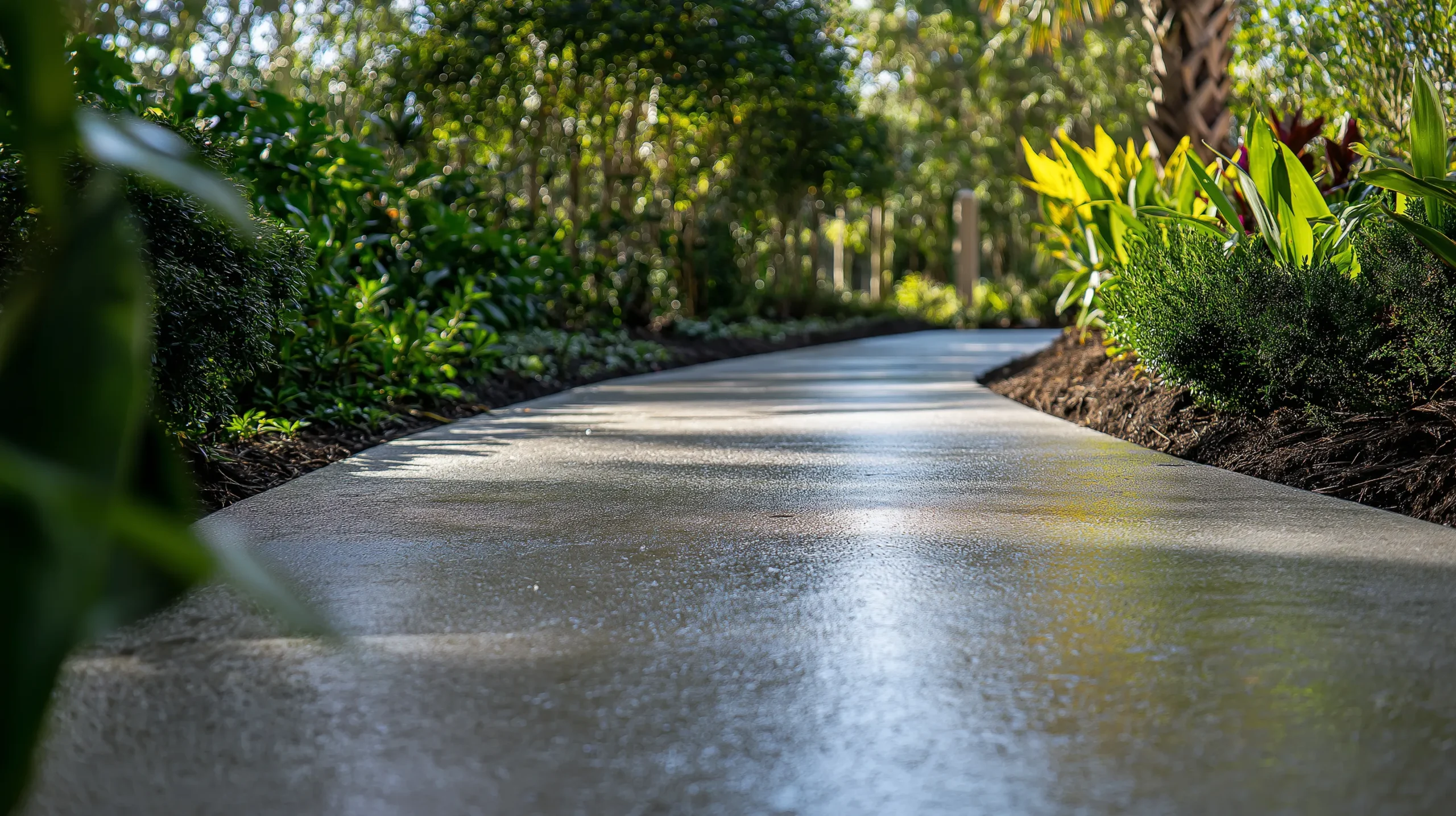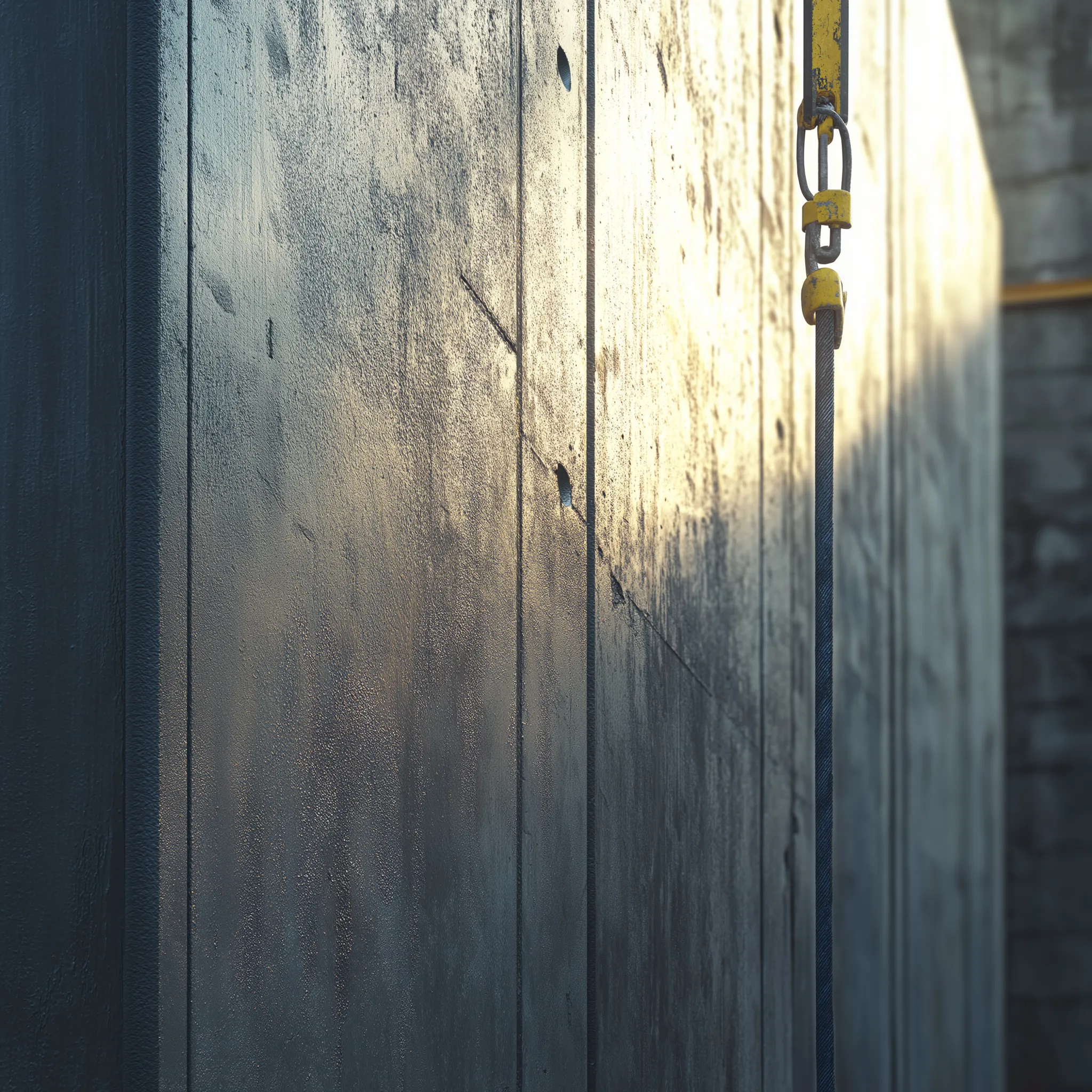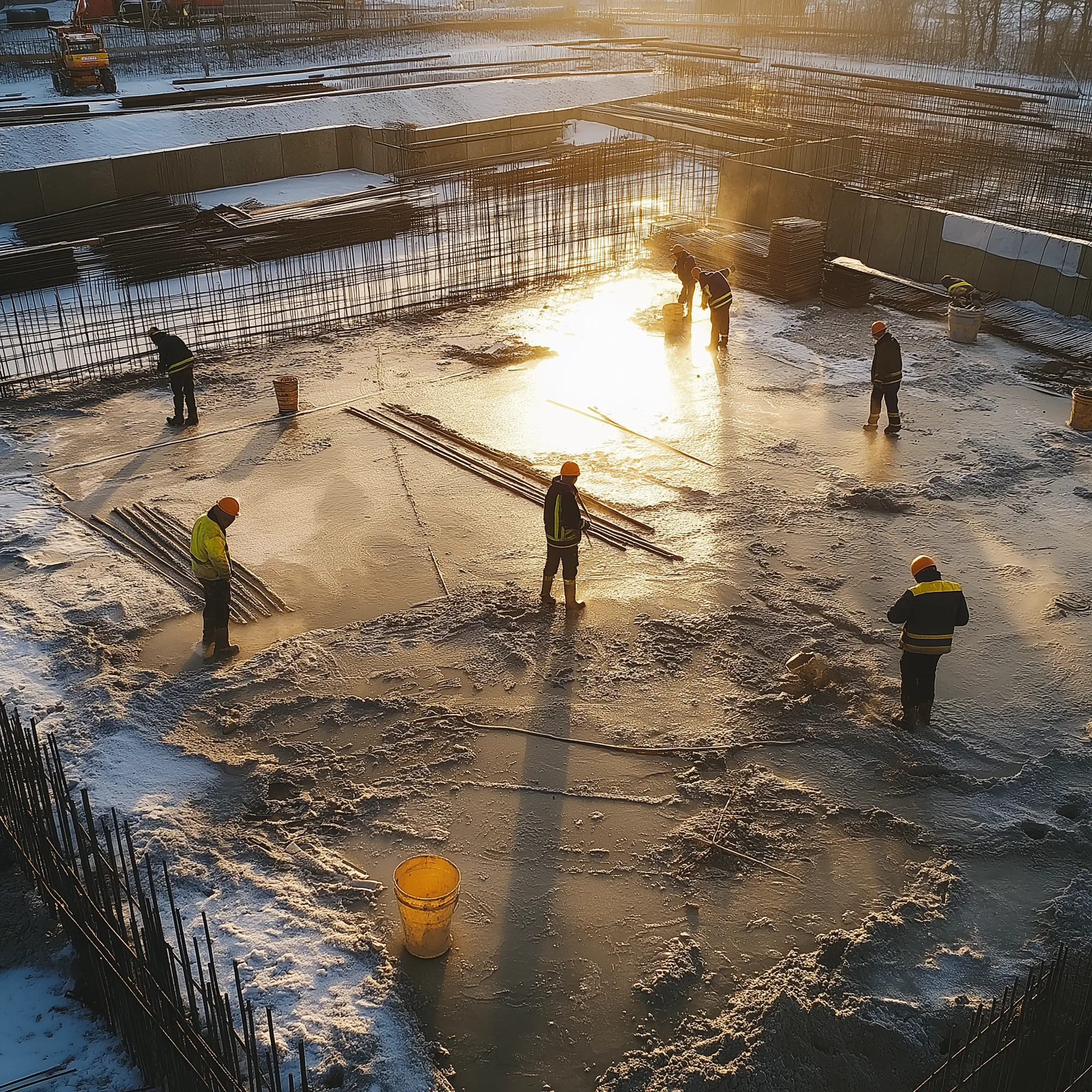Cure & Seal Application Procedures
Application procedures for cure and seal products include, but are not limited to:
- SpecChem curing and sealing compounds improve concrete hydration, protect concrete surfaces, improve durability, and enhance concrete appearance.
- When used for curing, cure and seals should be applied as soon as the surface water has disappeared and the concrete surface will not be marred by the applicator. Apply in a uniform coat. For a superior finish and added curing and sealing protection, apply a second coat at right angle to the first coat.
- When used for seal only, concrete surface must be clean, dry and free of all oil, grease and dirty stains and incompatible coatings prior to application. An application of cure and seal will renovate existing concrete, brick, or terrazzo floors.
- These surfaces will be brighter and easier to clean and maintain.
- Water-based cure and seals should be thoroughly agitated prior to application. Do not mix with a high speed mixer.
- Low-odor water-based cure and seals are ideal for both interior and exterior applications.
- Water based cures should not be allowed to freeze.
- Apply cure and seal with a low pressure sprayer using a wide angle, fan tip nozzle. Do not allow to puddle. Use a lamb’s wool roller or pad to distribute any puddles.
- Apply cure and seal uniformly at specified rate. Apply second coat after the first coat has thoroughly dried. Apply second coat at right angles to each other.
What is ASTM 1315?
ASTM C-1315 replaces TTC-0800 as the curing and sealing specification for the industry.
- Type I, clear or translucent
- Type II, white pigmented
- Class A, non-yellowing, Gardner Color Standard No. 1
- Class B, moderate yellowing, Gardner Color Standard No. 3
- Class C, severe darkening and yellowing
- Minimum Solids Content: Type I and II are both a minimum of 25% solids
Why should you cure concrete?
- Curing is essential in the production of concrete that will have the desired properties. The strength and durability of the concrete will only be fully achieved if it is cured properly. It is very important to cure concrete immediately after final finishing.
- Reduces curling, scaling, and crazing
- Reduces plastic shrinkage cracks
- Allows for a more uniform color
- Reduces dusting
- Achieves proper hydration of concrete for maximum strength and durability





